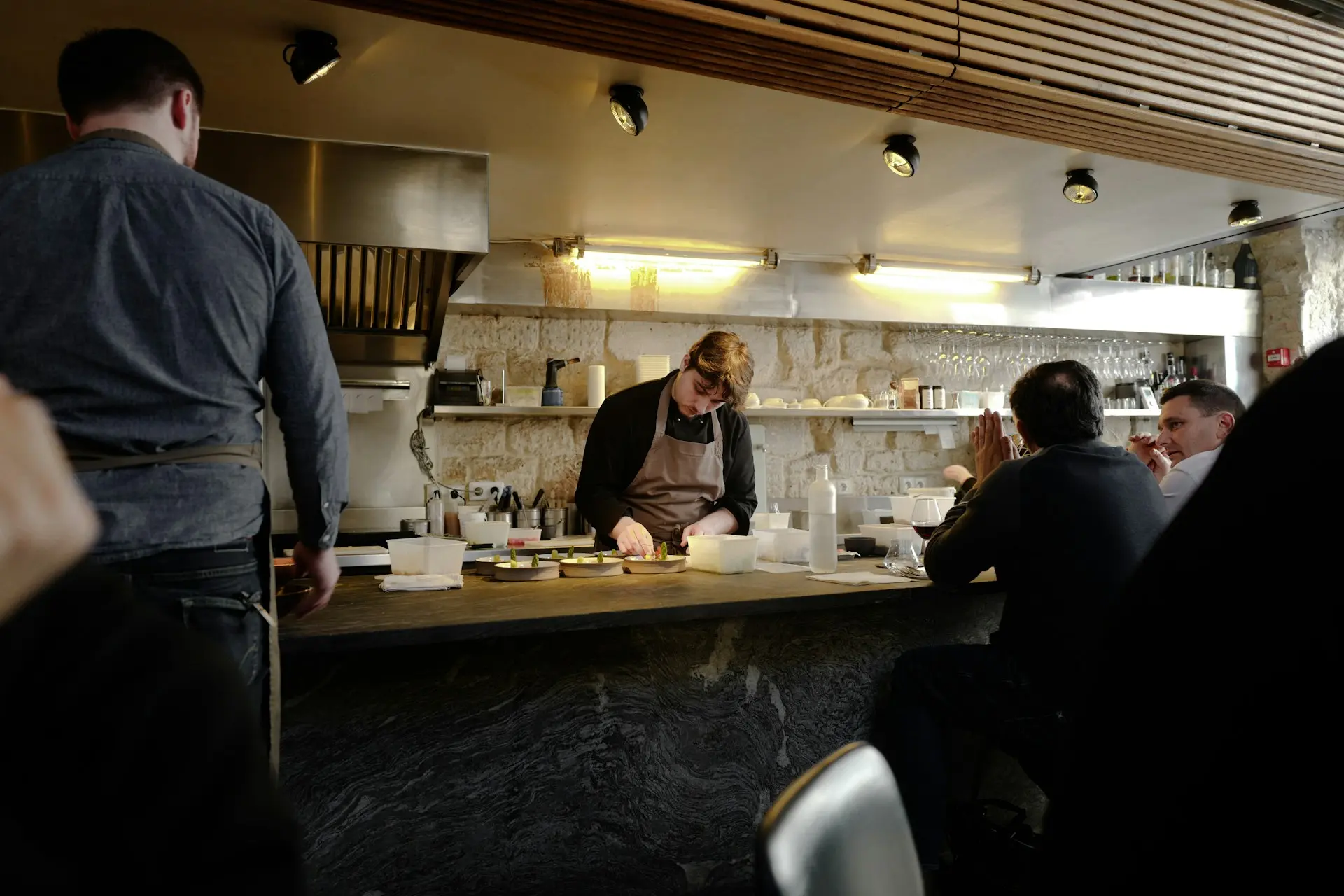

Starting a catering business is one of the best ways to become an entrepreneur in the culinary field, as it lets you offer a flexible service tailored to both private clients and companies. However, before opening a catering company you need to understand the legal requirements, upfront investment, administrative procedures, and the different business models you can launch.
The first step in creating a catering company is making sure you meet all legal and health requirements. You’ll need an operating/business license, health permits, and compliance with current food safety regulations. Depending on whether your catering is home-delivered, takeaway, or event-based, the procedures can vary, so it’s a good idea to check with your city council and your regional health authority.
In addition to permits, you’ll need the material and financial resources to get the project off the ground.
To open a catering business you must obtain an opening license, register with the health authorities, and comply with hygienic–sanitary regulations. You also have to register the company with the Tax Agency and Social Security, choosing whether you’ll operate as a sole proprietor (autónomo) or as a company.
The cost of setting up a catering business can range from a few thousand euros if you work from an approved home kitchen to a higher investment if you want to open your own premises. Be sure to factor in spending on kitchen equipment, staff, transportation, insurance, and marketing.
Some entrepreneurs start with a home-delivery catering service to reduce the initial investment, while others choose to rent an industrial kitchen or open a storefront with a takeaway service. The choice will depend on your business model and target audience.
The advantage of catering is that it offers multiple ways to stand out from competitors and cover different market segments.
A highly demanded option—especially in large cities—is home-delivery catering, ideal for individuals seeking convenient, high-quality solutions for private celebrations or family gatherings.
Another route is to specialize in catering for weddings, businesses, and large events—a segment with higher margins, though it requires more complex logistics and qualified staff.
The takeaway service is another fast-growing model, particularly in urban areas where customers look for prepared, healthy, ready-to-eat menus.
Once you meet the basic requirements, it’s time to formalize your company legally.
Choose the most suitable legal form (sole proprietor, limited company, etc.), register the business with the Tax Agency, enroll in the IAE (Economic Activities Tax), and register the activity with Social Security.
Catering is subject to strict health regulations. It’s essential to implement a HACCP system (Hazard Analysis and Critical Control Points), ensure food traceability, and comply with handling and storage standards.
To stand out in catering, it’s crucial to offer a high-quality, differentiated service. A good tip is to define a solid business plan, clearly identify your target audience, and build relationships with reliable suppliers. Pursuing advanced training—such as master’s programs related to culinary arts—can also give you an edge.
The key to differentiation is service personalization. You can specialize in healthy, vegan, or gourmet catering, international cuisine, or focus on a specific niche such as corporate or family clients. Presentation also matters: a professional catering service sells not only food but also an experience and trust.
A catering business can be very profitable if it’s planned correctly. There are multiple market opportunities—from corporate and event catering to takeaway services and home-delivery catering.
Profitability will depend on cost management, service quality, and customer retention. Investing in digital marketing strategies, innovative menus, and strategic partnerships will support sustainable growth.
In short, opening a catering company is an attractive business opportunity, provided you comply with regulations, control the initial investment, and commit to differentiation in an increasingly competitive sector.



Formaciones TOP
Categorías
Artículos más leídos
